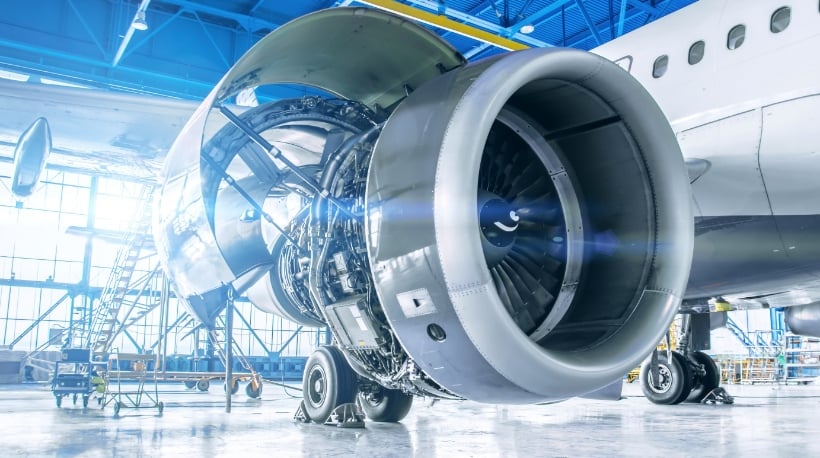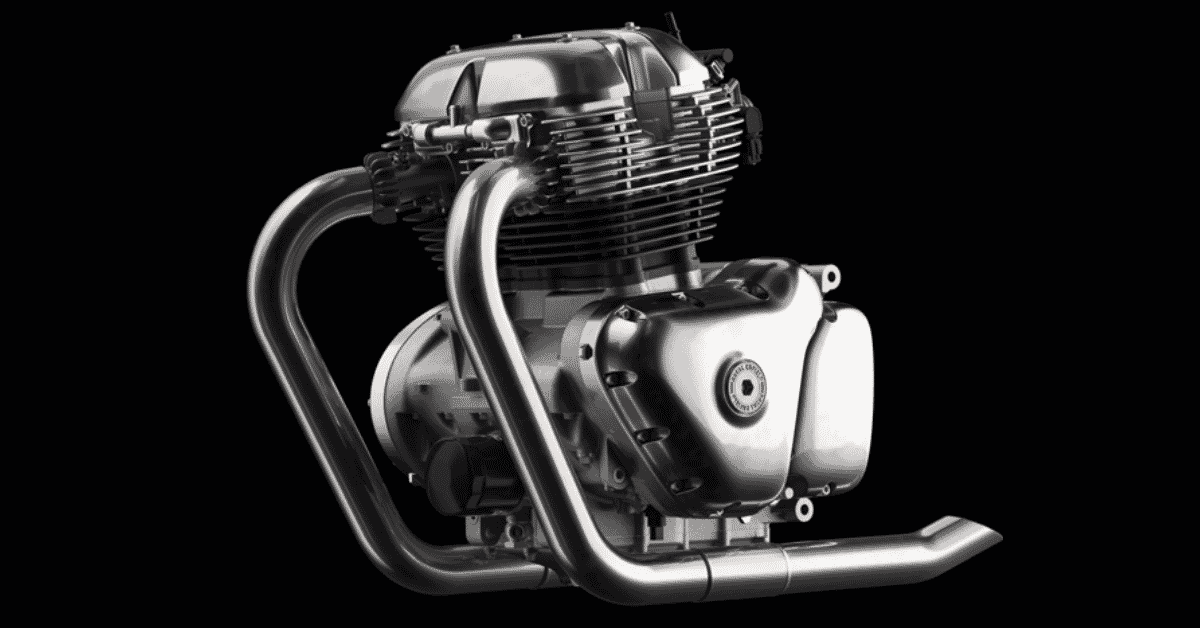The Mission for Ultimate Driving Power: Investigating the Peak of Engine Performance and Technological Advancements in the Automotive Industry
In the world of vehicle engineering, the search of optimum driving power has been an unrelenting pursuit that has unfolded with the advancement of engine design and the combination of cutting-edge technologies. From the meticulous workmanship of burning engines to the fast improvements in electrical propulsion systems, the automotive industry stands at the cusp of a brand-new period identified by unmatched performance capabilities. As engineers and researchers delve much deeper into the realms of computational liquid dynamics and discover ingenious gas technologies, the perspective of opportunities increases significantly. Remain tuned as we untangle the complex tapestry of technical advancements that are forming the future of automobile power and efficiency.
Development of Engine Layout

Additionally, the assimilation of turbocharging and supercharging innovations has actually changed engine style by boosting power without substantially raising engine size. These forced induction systems compress the intake air, enabling more fuel to be combusted, thus producing higher power result from a smaller engine. This development has been specifically critical in boosting the performance of smaller sized displacement engines while preserving fuel effectiveness criteria.

Performance-Enhancing Fuel Technologies
The application of innovative fuel modern technologies has considerably contributed to enhancing engine efficiency in modern-day cars. Biofuels, derived from eco-friendly sources like corn, sugarcane, or algae, offer minimized exhausts and improved engine efficiency. Additionally, gas additives and detergents are being developed to clean engine parts, optimize burning, and reduce rubbing, thereby enhancing overall automobile performance.
Advancements in Electric Propulsion
Considerable strides in electric propulsion technology have actually reinvented the automotive sector, leading the means for a new era of sustainable and effective transportation. Electric vehicles (EVs) are gaining popularity as a result of their ecological benefits and innovations in battery innovation, making it possible for longer driving arrays and much shorter billing times. Makers are spending greatly in research study and development to boost the efficiency of electric propulsion systems, concentrating on raising power result, enhancing power effectiveness, and minimizing overall weight.
One significant breakthrough in electrical propulsion is the development of advanced electric motors that deliver greater torque and power density, leading to boosted velocity and overall driving performance. Furthermore, regenerative stopping systems have actually been improved to save and capture energy during slowdown, further enhancing the efficiency of EVs.
Additionally, the integration of wise innovations, such as artificial knowledge and anticipating analytics, is maximizing the management of electrical propulsion systems, making certain ideal performance under various driving conditions. These improvements in electric propulsion are improving the automobile landscape, driving the market in the direction of a much more lasting and energized future.
Effect of Computational Liquid Dynamics
With advancements in electrical propulsion pushing the boundaries of automobile modern technology, the assimilation of Computational Fluid Dynamics is playing a critical function in enhancing wind resistant performance and boosting total efficiency in automobile style. Computational Liquid Dynamics (CFD) involves using computer system simulations to examine the circulation click to find out more of air around a vehicle, making it possible for engineers to forecast how layout adjustments will certainly influence the rules of aerodynamics without the need for costly physical models. By properly modeling airflow patterns, CFD enables for the refinement of vehicle shapes to decrease drag, improve cooling, and boost security.
One trick benefit of using CFD in vehicle style is the capacity to repeat quickly, discovering countless design variations to recognize one of the most aerodynamically efficient services. This repetitive procedure leads to vehicles that are not only sleeker and extra visually web enticing however also much more fuel-efficient and environmentally pleasant. CFD enables engineers to enhance air flow around components such as radiators, engine bays, and wheel wells, adding to improved performance and general driving experience. To conclude, the integration of Computational Fluid Characteristics stands for a substantial progression in the quest for supreme driving power and effectiveness in the automotive industry.
Future Trends in Engine Advancement
In the dynamic landscape of auto design, innovative advancements are forming the future trajectory of engine innovation. The future of engine layout is noted by a strong emphasis on performance, sustainability, and efficiency. Suppliers are significantly focusing on developing engines that not only supply high power outcomes but also prioritize ecological obligation by boosting and decreasing emissions gas performance.
One famous pattern in engine innovation is the rise of electrification. Hybrid and electric powertrains are getting grip as feasible alternatives to standard combustion engines. These modern technologies supply the potential for substantial reductions in carbon discharges and raised energy performance, straightening with global efforts to fight environment change.
Furthermore, developments in materials scientific research and manufacturing techniques are making it possible for the manufacturing of lighter and more long lasting engine elements. This shift in the direction of lightweight materials such as carbon fiber and light weight aluminum alloys adds to boosted efficiency and fuel economic situation.
Verdict
In verdict, the quest of ultimate driving power in the vehicle sector remains to drive advancements in engine style, fuel innovations, electric propulsion, and computational liquid dynamics. The development of these modern technologies is shaping the future of engine development, leading her latest blog the means for a lot more reliable and powerful cars (engines for africa). As the market continues to push the limits of what is feasible, we can anticipate to see much more groundbreaking developments in the quest for peak efficiency
One of the crucial landmarks in engine design development is the transition from standard carbureted engines to contemporary fuel-injected systems. By specifically metering the gas distribution to each cylinder, fuel-injected engines maximize burning, resulting in far better performance and lowered ecological effect.
Furthermore, the integration of turbocharging and turbo charging technologies has reinvented engine style by enhancing power without dramatically enhancing engine dimension (engines for africa).The application of sophisticated fuel technologies has significantly added to boosting engine performance in modern-day automobiles. In addition, fuel additives and cleaning agents are being formulated to tidy engine parts, enhance combustion, and lower friction, consequently enhancing general vehicle performance